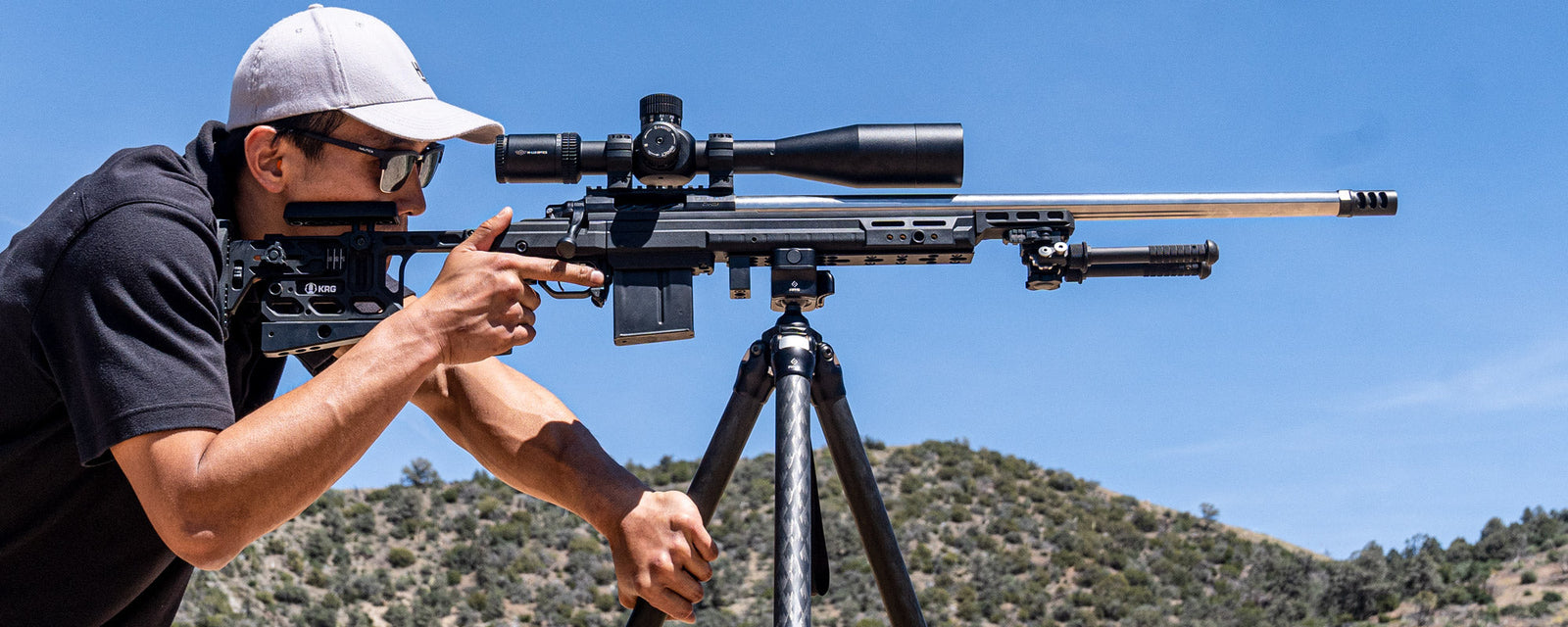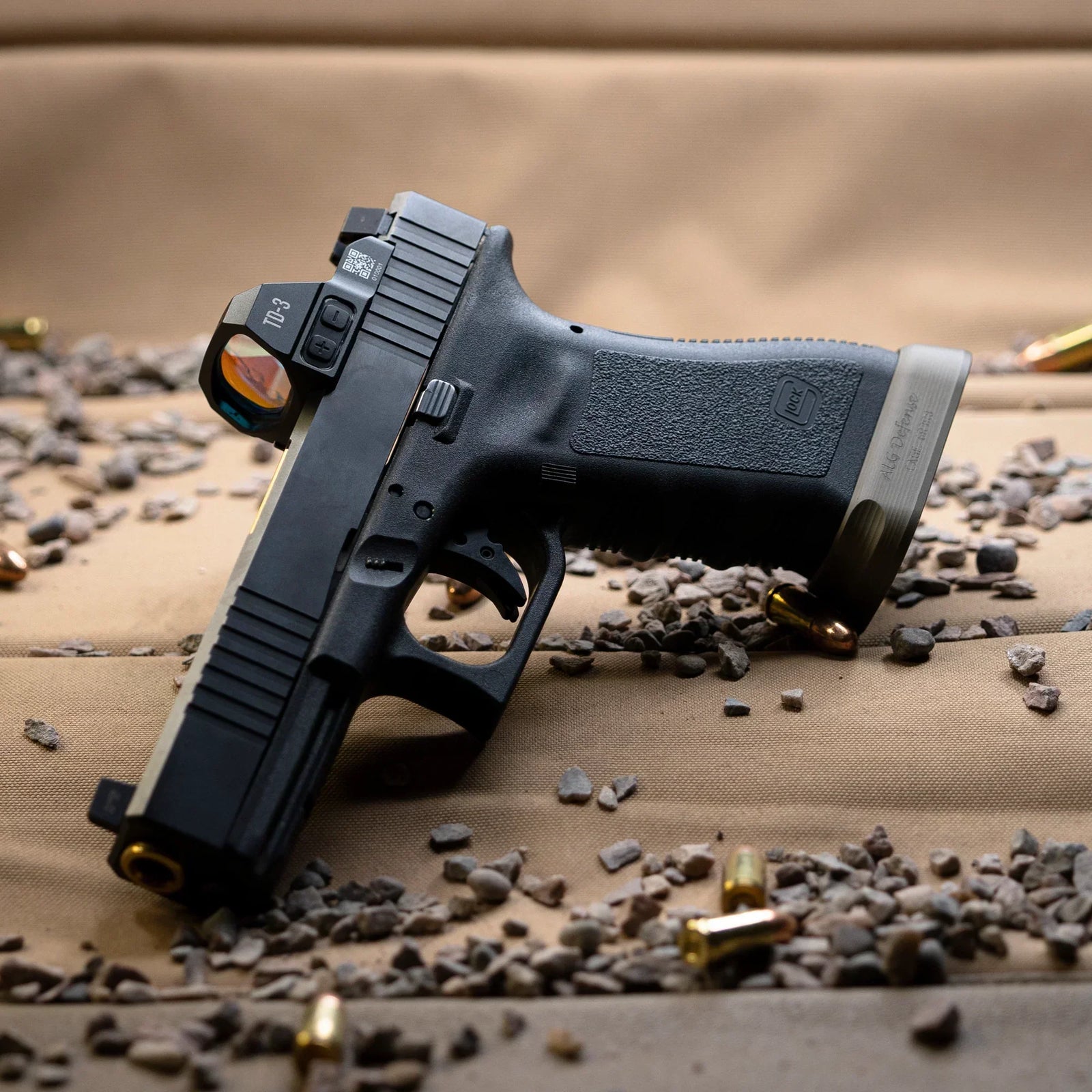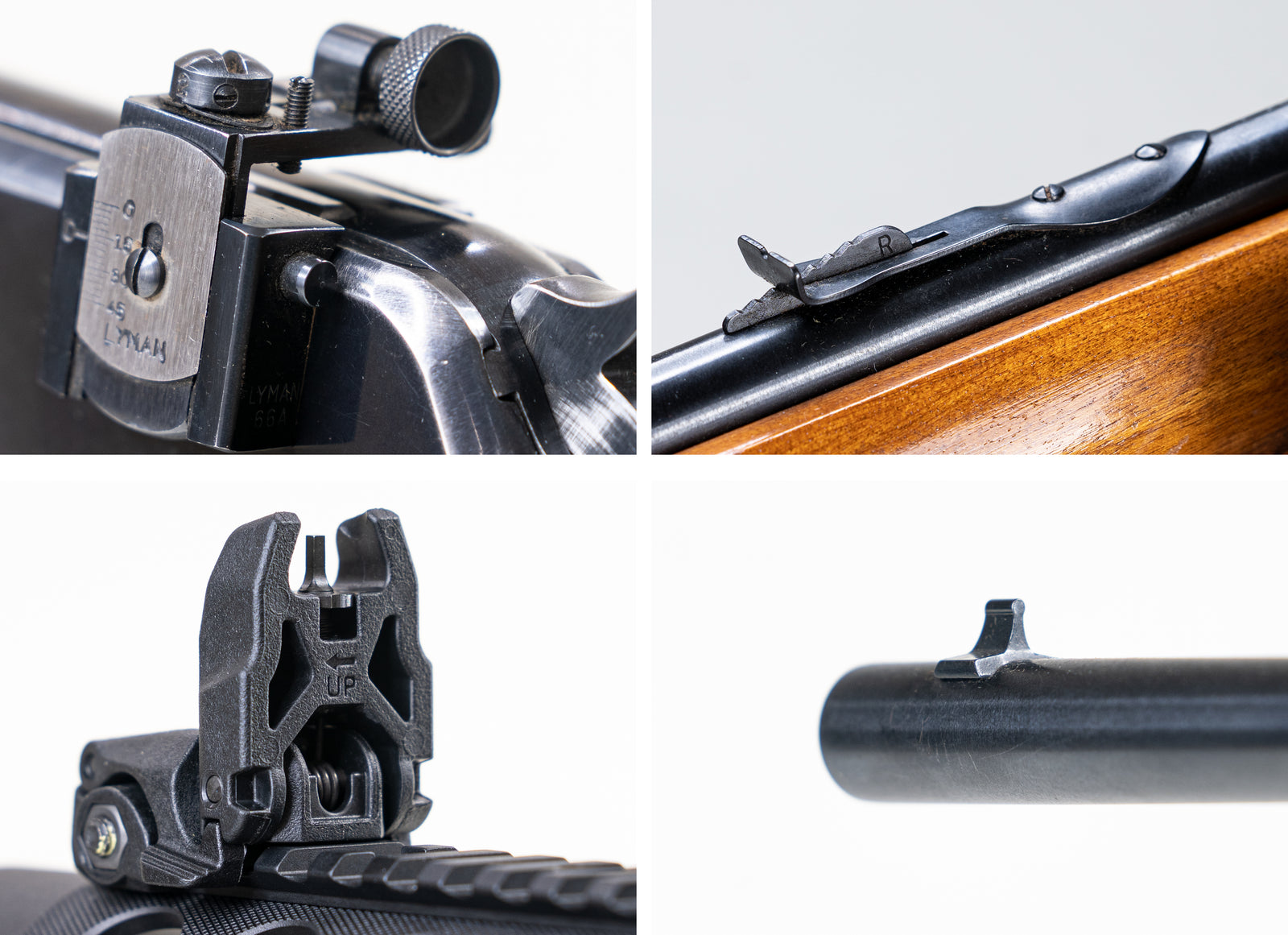Note: Typically only for bolt-action rifles and AR style rifles
When you first mount your scope on your rifle, it’s not immediately apparent whether the scope and the rifle are pointed at the same spot. As to whether the scope is pointed at where the bullet will eventually land, that’s another story entirely. (You can follow that story - How to Zero - in a few of our other articles). Before we try to sling lead out to a few hundred yards, let’s at least make sure our rifle and our scope are pointed in generally the right direction.
The biggest issue when trying to zero at great distance (or even as close as 100 yards!) is that you might not end up on paper. Your bullet may pass above your whole target, making it nearly impossible to guess by how much. It may go left or right - and look like a somewhat different angle to someone using a spotter scope. And, if you’re shooting alone, you may not be able to get your optics back on target quick enough to know if any of these things happened.
Having your bullet make a discernible hole in the paper makes the rest of the zeroing process considerably easier.
If you’ve got a bolt-action rifle, you’ve got it easy. The following steps are going to sound a little unusual, but they speed up the initial steps of zeroing your scope by quite a wide margin.
Please check to make sure your firearm is completely unloaded before attempting any of the following steps.
Please also make sure your scope is securely mounted to your rifle. (To find out more on how to mount the scope, please check out our associated articles).
Set a target out at whichever distance you intend to start zeroing. For boresighting, I recommend 25 yards as a useful and effective distance. 50 yards is potentially doable, but anything further out becomes much harder to line up through the bore and more prone to errors.

Step 1: Remove the bolt.
Once the bolt is out, there’s generally nothing preventing you from looking down the barrel. Please make sure to maintain good habits by not looking in at the muzzle end.
Step 2: Get the rifle firmly settled
Place your rifle in a lead sled, sandbag arrangement, or any sort of clamping setup you can muster. Make sure you can still move your rifle a small amount (even if it’s just by shifting the whole lead sled). When you let go of the rifle or touch it lightly, it should still be firmly in place.
Step 3: Line up the bore with the target
This will require you to look down the barrel from the breech end. Please double and triple check that your rifle is unloaded and completely safe before doing this. With the bolt removed, it should be quite easy to check.
Move the rifle around until an easily-noticeable point on the target is roughly centered in the bore. The target hopefully isn’t too far away, so the centering doesn’t need to be perfect.
Step 4: Adjust the scope to line up with the same target
This will usually require a fair amount of turret action. Dial, dial, and dial some more until your crosshairs are also centered on the same target. Try to make sure not to move the rifle any during the process. This is easier with a lead sled, but doable with sandbags if you maintain a firm grip. Should your rifle move, please just go back a step and get the bore lined up with a target again. Then continue dialing.

Step 5: Replace bolt, Fire a shot
Now it’s time to see how close you got. Put the bolt back in place, load in a round, then take a shot. If you’ve boresighted properly, you’ll typically be quite close to your intended target. At the very least, you’ll likely be on paper and able to judge how much adjustment you need.
That’s all there is to it. This process generally only takes a few minutes once you get used to it. It also tends to save ammo, as you don’t have to guess where your bullet went on the last shot.
At this point, I’d recommend finishing up your 25-yard zero before moving the target further out. Still, you’ll be much closer than otherwise if you start by boresighting.





Pat B
January 02, 2025
Its an excellent method of bore sighting. I added a laser pointer the kind teachers use (like me). I set the rifle on a padded armchair. Bolt is removed. Insert Laser pointer into the breach end into the barrel press the button on the pointer I put a small pistol target on the chair across from the one the rifle is on. You will see a red circle on the target. Look through the scope adjust the scope cross hairs to align with the red circle. This is what I use during the long periods of inclement winter weather here in Buffalo NY. But what do I know. …… It snows until July here. CU Pb